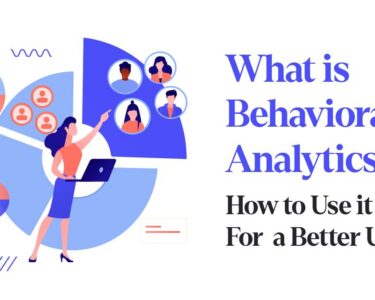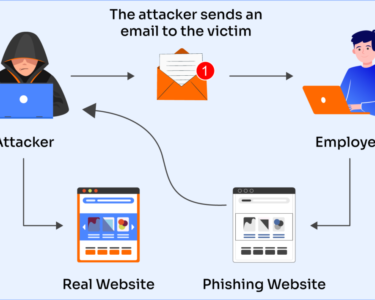
Myth Busting: Online Threats
In the digital age, it’s crucial to be aware of online threats and take necessary precautions to protect ourselves. However, there are many misconceptions and myths surrounding these threats, which can lead to complacency and increased risk. Let’s debunk some common myths and arm ourselves with accurate information.
Myth 1: I’m not a high-value target, so I’m not at risk.
Truth: All internet users, regardless of their personal or financial status, are potential targets of online threats. Cybercriminals use automated tools to scan vast numbers of devices and websites, looking for vulnerabilities to exploit. Even if you don’t have sensitive information or large sums of money, your device or online accounts can be compromised for various nefarious purposes, such as identity theft or spreading malware.
Myth 2: My antivirus software will protect me from all online threats.
Truth: While antivirus software is essential for cybersecurity, it cannot guarantee complete protection. Cybercriminals are constantly developing new and sophisticated malware that can evade antivirus detection. Additionally, antivirus software may not be able to detect all types of online threats, such as phishing scams or social engineering attacks.
Myth 3: I only need to be careful about what I click on or download from the internet.
Truth: While avoiding suspicious links and downloads is important, it’s not the only way to fall victim to online threats. Cybercriminals can also exploit vulnerabilities in websites, web browsers, and even legitimate software updates to compromise devices. Additionally, social engineering attacks, such as phishing emails or phone calls, can trick users into revealing sensitive information or installing malware.
Myth 4: My social media activity is private and cannot be used against me.
Truth: Many social media platforms collect vast amounts of user data, including personal information, preferences, and online activities. This data can be used for targeted advertising, but it can also be exploited by cybercriminals for identity theft, stalking, or blackmail. Additionally, social media posts can provide valuable information to criminals, such as your location, travel plans, or financial status.
Myth 5: I can use public Wi-Fi networks without any security concerns.
Truth: Public Wi-Fi networks are convenient, but they often lack strong security measures, making them a prime target for cybercriminals. When using public Wi-Fi, avoid transmitting sensitive information, such as login credentials or financial data. Consider using a VPN (Virtual Private Network) to encrypt your connection and protect your privacy.
Myth 6: I don’t need to update my software or operating system regularly.
Truth: Software updates and patches often include security fixes to address known vulnerabilities. By neglecting to install updates, you leave your devices and software open to exploitation by cybercriminals. Always keep your software and operating system up to date to minimize security risks.
Myth 7: I can use the same password for multiple accounts.
Truth: Reusing passwords across multiple accounts is a major security risk. If one account is compromised, all your other accounts using the same password become vulnerable. Use strong, unique passwords for each online account and consider using a password manager to securely store and manage them.
Conclusion
Understanding the true nature of online threats is essential for effective cybersecurity. By debunking these common myths, we can develop a more vigilant approach to protecting ourselves and our valuable information. Remember, it’s always better to be proactive than reactive when it comes to online security. Regularly review your cybersecurity measures, stay informed about emerging threats, and follow best practices to keep your devices and data safe from harm.



